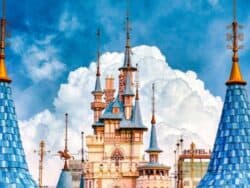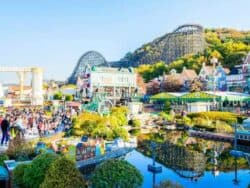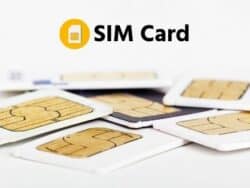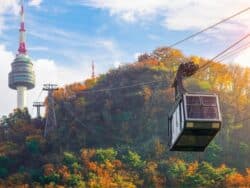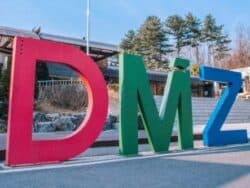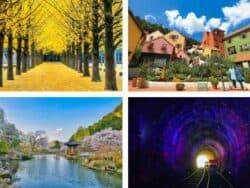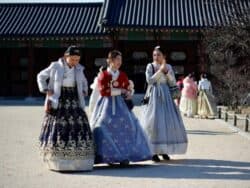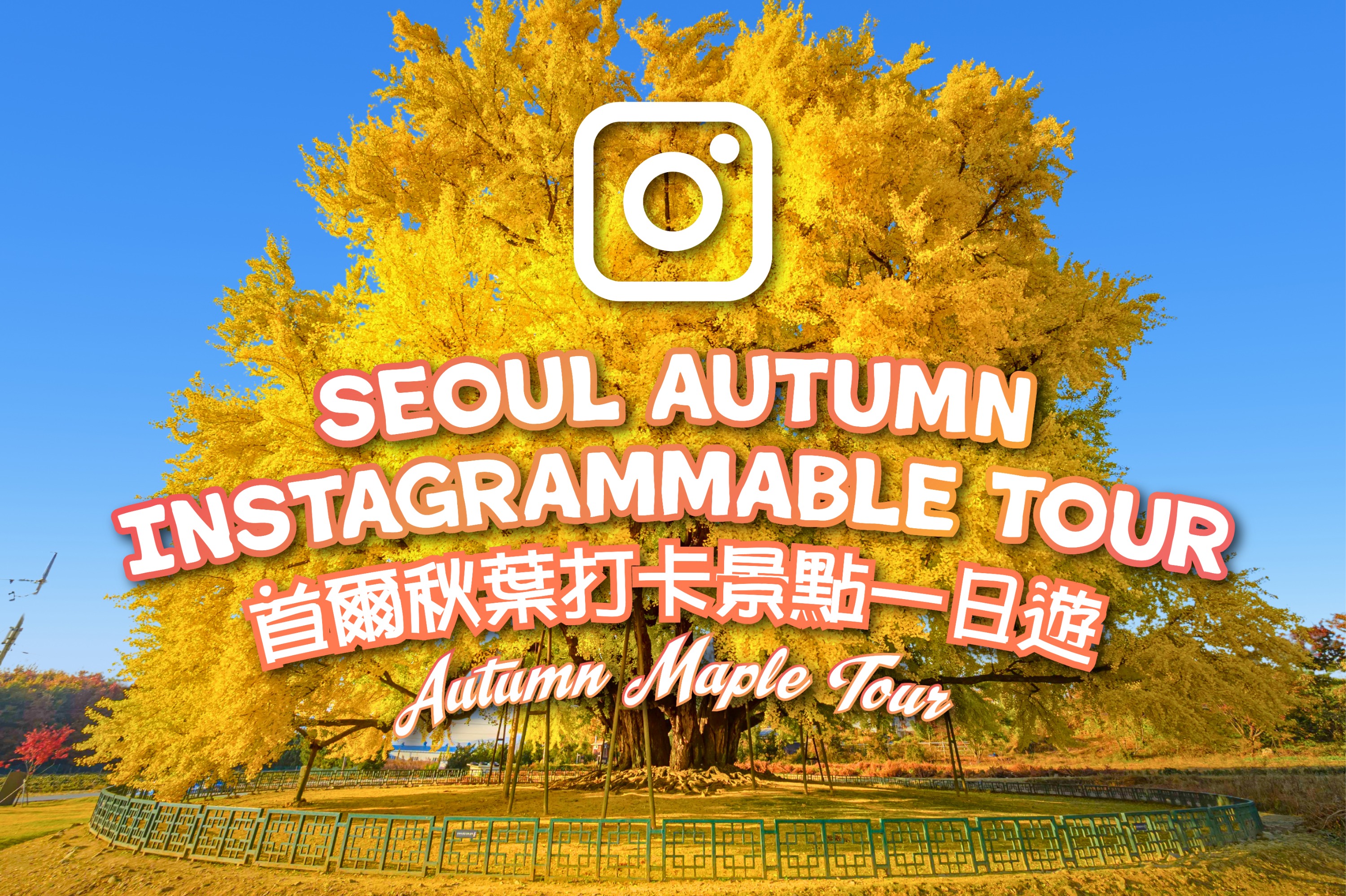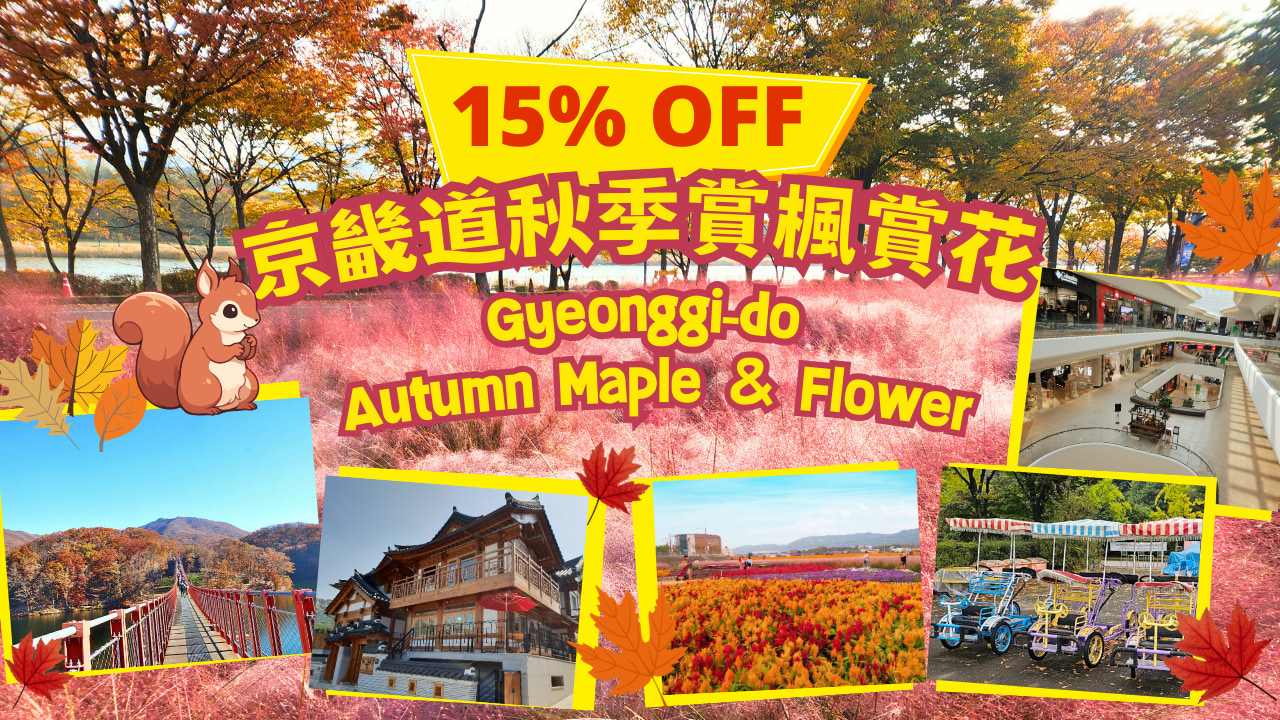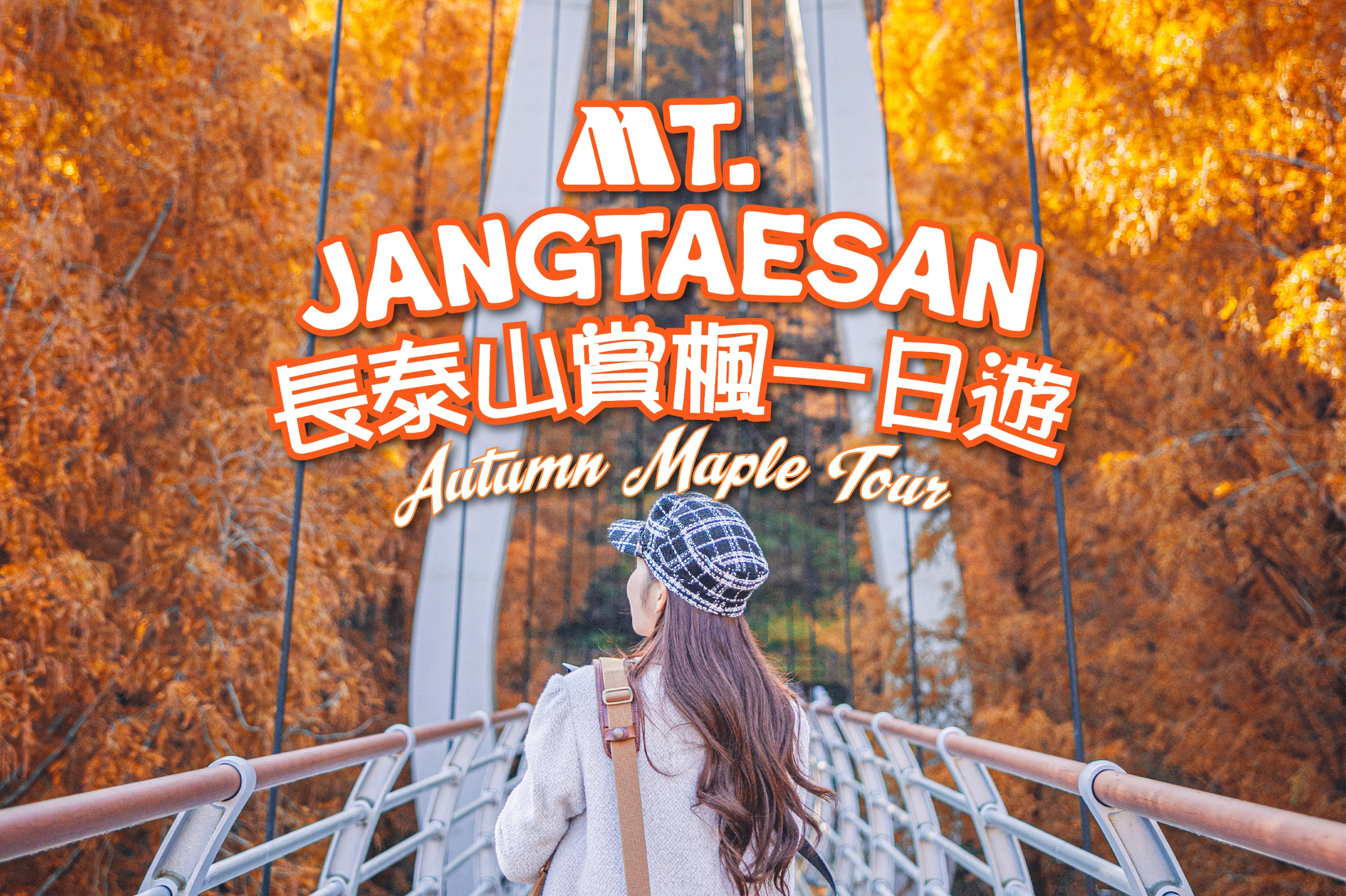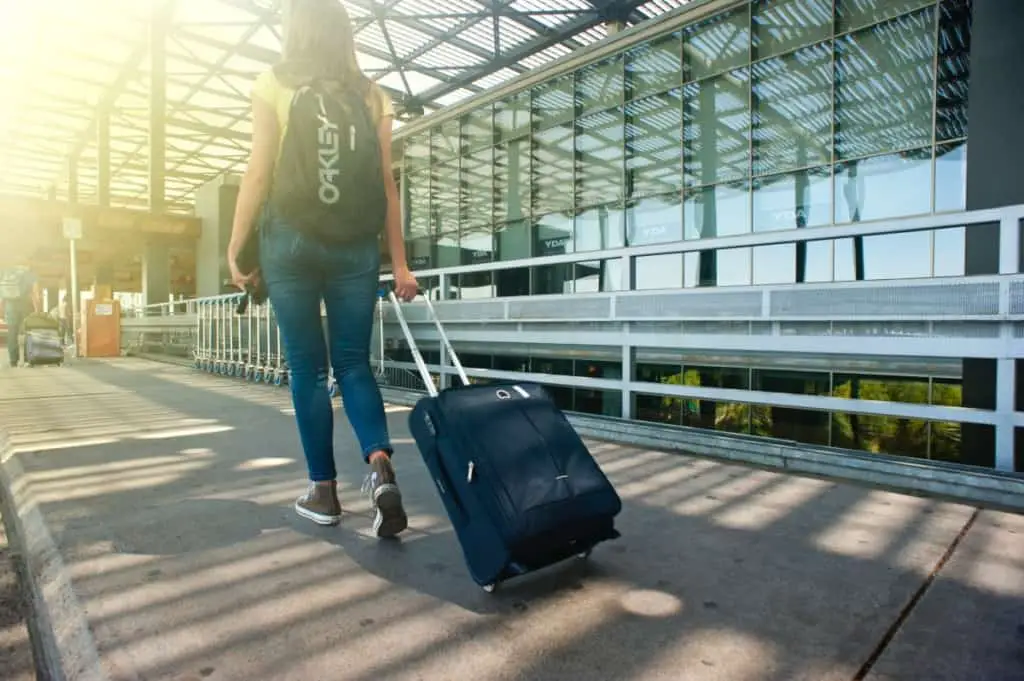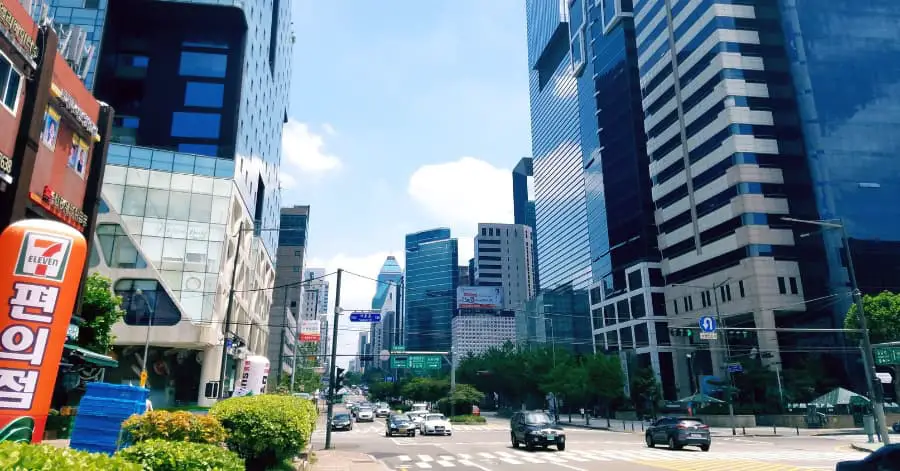📍45, Saemunan-ro, Jongno-gu, Seoul | 서울특별시 종로구 새문안로 45
🚆 Seodaemun Station (line 5, exit 4)
🕒 09:00 – 18:00 | Closed on Mondays
₩ Free
🌐 museum.seoul.go.kr
☎️ +82 2-724-0274
✍🏻 There are no guided tours available
While Gyeonghuigung Palace may be the smallest of Seoul’s five palaces, its charm lies in its intimate scale, offering visitors a chance to appreciate its finer details without the crowds typical of larger palaces. Moreover, it’s the only palace with free entrance, making it an accessible option. If you have time to spare and seek a peaceful place to wander, Gyeonghuigung Palace is worth a visit. This guide will highlight the palace’s key attractions and what you shouldn’t miss during your visit.
How to get to Gyeonghuigung Palace
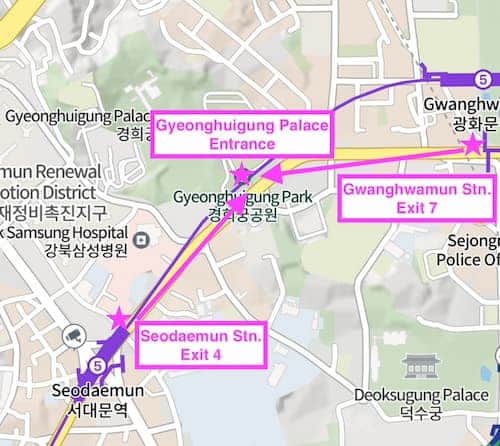
To get to Gyeonghuigung Palace, catch the subway Line 5 to Seodaemun Station. Once you exit through Exit 4, proceed straight along the road for approximately 400 meters. You’ll then easily spot Gyeonghuigung Palace on your left. Another option is to head to Gyeonghuigung Palace from Gwanghwamun station exit 7.
Gyeonghuigung Palace history
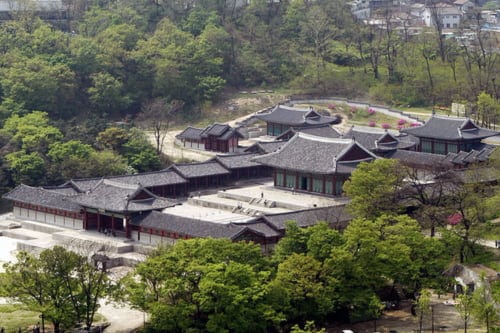
Gyeonghuigung Palace was commissioned by King Gwanghaegun in 1617 as a secondary royal villa for excursions and served as a shelter during emergencies. Due to its substantial size, it became a hub for state affairs, earning the moniker “the West Palace.” Over 200 years, ten kings utilized the palace as their residence. By the early 1900s, the palace boasted approximately 100 buildings.
However, during the Japanese occupation of Korea, many of these buildings met destruction or removal to make space for schools catering to Japanese children. It wasn’t until the 1990s that reconstruction efforts commenced to revive the decaying royal residence, aiming to return it to its former grandeur.
What to see at Gyeonghuigung Palace
Heunghwamun Gate
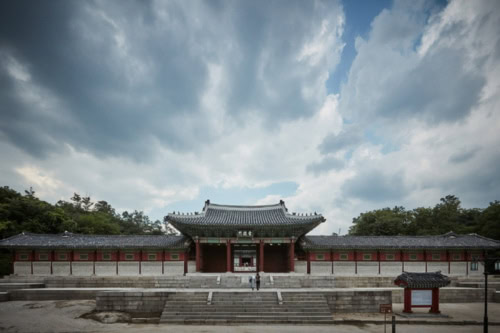
The Heunghwamun Gate serves as the main entrance to Gyeonghuigung Palace and is designated as a Cultural Heritage Site. This gate provides an opportunity for quiet photos away from crowds. Initially situated near the Salvation Army Center, it was later moved to become the main gate of Bakmunsa shrine. However, in 1988, it was restored and returned to its original location within Gyeonghuigung Palace.
Geumcheongyo Bridge
To enter Gyeonghuigung Palace, you’ll cross the Geumcheongyo Bridge, a beautiful stone structure that leads over a moat. Originally, it served as the entrance after passing through the Heunghwamun Gate. Unfortunately, during the Japanese occupation, the bridge was buried. However, in 2001, the Seoul government helped restore parts of it that we can now see.
Sungjeongjeon Hall
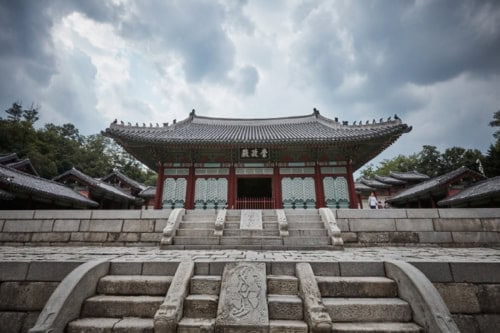
Built in 1618, Sungjeongjeon Hall is the main hall of Gyeonghuigung Palace. Kings used it for morning meetings and official events. It hosted the inaugurations of King Gyeongjong, King Jeongjo, and King Heonjong. To protect it during the Japanese invasion, the hall was moved to Jogyesa Temple. Today, the Korean government has rebuilt it in its original location.
Jajeongjeon Hall
The colorful building was the king’s private living room, which also functioned as Jajeongjeon Hall, where he held meetings and supervised academic competitions. Unfortunately, Imperial Japan demolished the original structure. Today’s building is a faithful restoration based on historical sketches.
Taeryeongjeon Hall
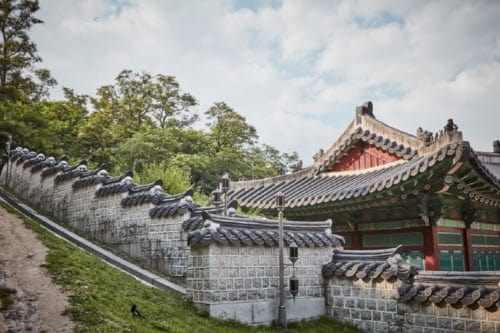
Built in 1744, this unique building, tucked away in the corner of Gyeonghuigung Palace, stored King Yeongjo’s portrait. Like many others, it was removed during the Japanese invasion. However, in 2000, it was restored, featuring five sections at the front and two on the side.
Seoam
Originally named Wangam, this rock is situated behind Taeryeongjeon Hall. Sometimes, visitors can spot a stream flowing underneath it. King Sukjong changed its name to Seoam Rock in 1708, during his 34th year of reign, meaning “Propitious Rock.” There used to be a stone table nearby, Sabangseok, engraved with Chinese characters by King Sukjong, but it has since vanished.
In conclusion, Gyeonghuigung Palace may be small, but it is rich in history, beauty, and tranquility. If you’re pressed for time in Seoul, prioritize visiting one of the larger palaces. However, if you have extra time to spare, don’t hesitate to explore Gyeonghuigung; it’s certainly worth the visit.




You may also like:
- Gyeongbokgung Palace 경복궁: All you need to know
- Deoksugung Palace 덕수궁: All you need to know
- Changdeokgung Palace 창덕궁: Ultimate Guide
IVK’s Top Picks – Day Tours, Tickets, and Travel Activities
Seasonal Picks!😍






